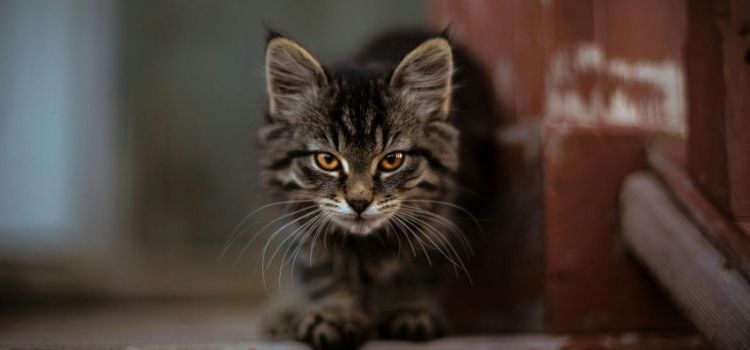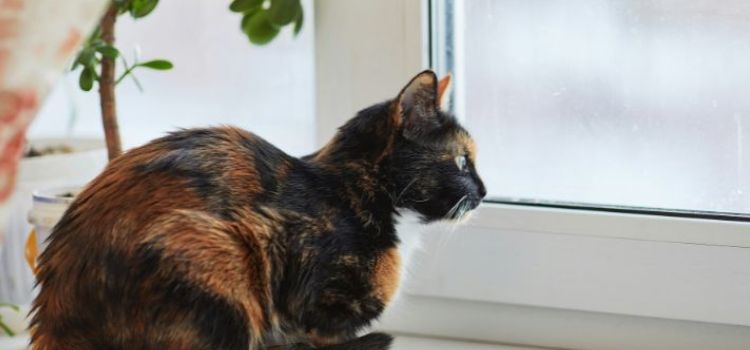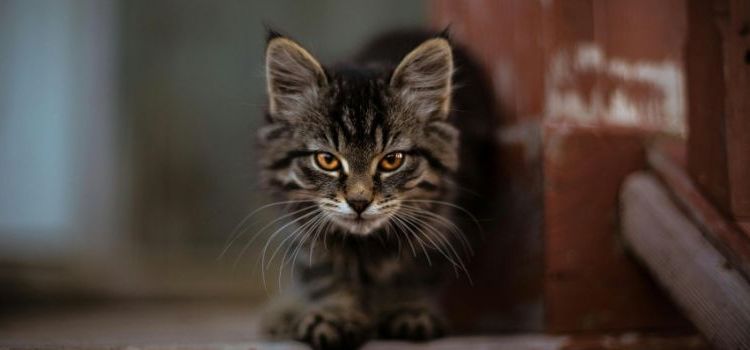As an Amazon Associate I earn from qualifying purchases.
Tortoiseshell cats are wonders of feline genetics, with their special orange, black, and sometimes white coats. Such exceptional creatures are not only preferred by cat lovers for their beautiful patterns but also create interest in what colors of kittens they would give birth to. As a feline enthusiast or anyone fascinated by the enigmas associated with cat genes, let us together delve into this thrilling world of tortoiseshell cats and their colored progeny.

Understanding Tortoiseshell Cat Coloration
To understand the kitten colors that can be produced by a tortoiseshell cat one has to first comprehend its genetic foundation. The tortoiseshell color comes about as a consequence of two fundamental genes: an orange gene (O) and a black gene (B). These genes interact resulting in black-orange patches that are characteristic of torties. Indeed, each patch is a visible sign pointing out which chromosome is active at that part of a cat’s coat.
Genetics and Inheritance Patterns
Feline coat colors experience an X-linked inheritance phenomenon. Females mammals have two X chromosomes while males have one X and one Y chromosome. Now, the orange gene is X-linked; hence it appears only on an X chromosome. A female (queen) carrying both black and orange alleles will have both colors –the orange color comes from one X chromosome while the other gives out a black-producing tortoiseshell phenotype. However, whether these amazing creatures will produce kids who are red or green depends mainly on who they mate with and what specific genetic combinations they carry.
Other Factors Affecting Kitty Colors
Although pivotal, the outcome can be influenced by other factors such as dilution genes which could lighten black to grey or orange to cream. White spotting is another variability affected by a different set of genes leading to bi-color or tri-color patterns similar to those seen in calicos.
Possible Kitten Colors from Tortoiseshell Parents
Being aware of the male’s genes is important when predicting the color of kittens. If a tortoise queen mates with a black tom, for example, their offspring could be all black, black tortoiseshells or even tortoiseshell kittens themselves. A red male can produce either torties or red cats. Some combinations will result in variations such as tabbies that have a common “M” marking on the forehead or calicos if white spotting genes come into play.
Sometimes blue or chocolate kittens may appear, which happens only if both parents carry recessive genes for these colors.
Breeding Considerations
The breeding of tortoiseshell cats, known as “torties,” is an intriguing yet unpredictable process considering the complex genetics that determine their coat patterns. Breeders should therefore fully understand this complexity and exercise responsible breeding practices. This means ethical breeding must prioritize cat health and the preservation of genetic diversity.

FAQ
Can a tortoiseshell cat be male?
Very rarely are there males among them, one out of around 3,000 tortoiseshell cats due to chromosomal abnormalities like Klinefelter syndrome.
Can a tortoiseshell cat have white?
Indeed a tortie can have white spots if she has the genes enabling her to make white patches on her body.
What color kittens will my cat have?
The color of your cat’s kittens depends on its father’s inherited traits just like yours does. A genetic test can give you more accurate results about it, however.
What cat breeds can be tortoiseshell?
Any breed that has a coat with black and orange colors, such as American Shorthair, British Shorthair, Persian, and many others may turn out to be tortoiseshell.
How can you produce a tortoiseshell cat?
To successfully produce a tortoiseshell cat, one of the parents should possess the black gene while the other has an orange gene. The female must have two X chromosomes carrying each color gene.
Conclusion
The offspring of tortoiseshell cats exhibit a range of beautiful color patterns resulting from the complex nature of genetic inheritance. All possible shades and designs are natural masterpieces thus making all pet lovers as well as scientists marvel. As we continue to unravel these secrets let us respect these creatures so that they can enjoy their future life in good health and beauty irrespective of their fur colors.
If you want to mate your cat or are just curious about the next kittens she will bear then keep in mind that each one is a unique piece of art by mother nature reflecting its ancient genetic patterns. Let us appreciate the variety in colors and patterns among our feline friends by encouraging responsible breeding for the betterment of all cats including tortoiseshells’s welfare.
Amazon and the Amazon logo are trademarks of Amazon.com, Inc, or its affiliates.
